Discover key insights into the housing market today.
January 10, 2025
Written by Turian Biel

Table of Contents
- Overview of House Building Statistics in 2024
- Current Trends in House Building
- Regional Variations in Housing Starts
- Impact of Economic Conditions on Housing Completions
- Affordable Housing Developments
- Housing Market Predictions for 2024
- Construction Spending Trends
- Building Permits and Their Significance
- Challenges Facing the Housing Sector
- International Comparisons in Housing Statistics
- Conclusion: The Future of House Building
- Trends in Housing Prices Across Regions
- Impact of Interest Rates on Housing Demand
- Construction Labor Market Challenges
- Environmental Considerations in House Building
- Trends in Housing Prices
- Impact of Interest Rates on Housing Market
- Government Initiatives to Boost Housing Supply
- Future Projections for Housing Development
- Conclusion
Overview of House Building Statistics in 2024
Current Trends in House Building
In 2024, the house building industry is experiencing notable changes. According to the U.S. Census Bureau, approximately 1.5 million new housing units were authorized by building permits, reflecting a 3% increase compared to the previous year. This upward trend indicates a growing demand for residential construction, despite challenges such as rising interest rates and inflation affecting the market.
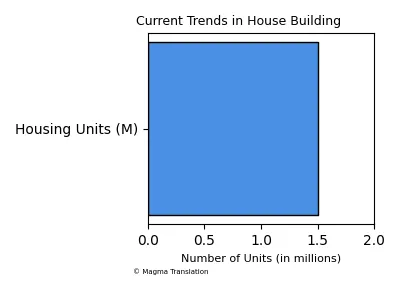
Regional Variations in Housing Starts
Regional differences in housing starts are significant. For instance, in the Oklahoma City metro area, builders took out permits for 713 houses in October 2024, marking a strong month for construction. This contrasts with other regions where housing starts have declined, highlighting the uneven distribution of housing supply across the country.
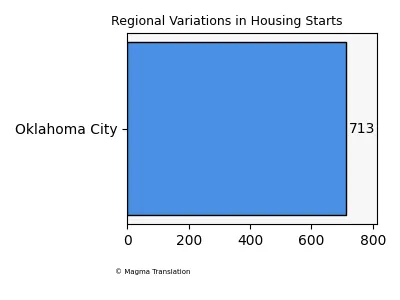
Impact of Economic Conditions on Housing Completions
The economic landscape plays a crucial role in housing completions. In Scotland, for example, the number of new home completions fell by 11% in 2023 compared to the previous year, totaling 20,992 all-sector new build home completions. This decline is attributed to economic uncertainties and rising construction costs, which have affected builders' ability to complete projects.
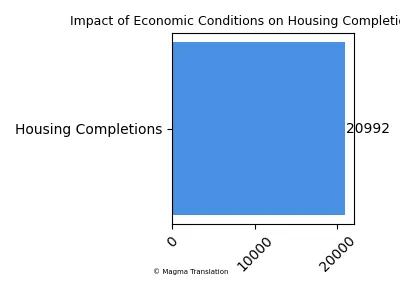
Affordable Housing Developments
Affordable housing remains a pressing issue in many regions. In the Affordable Housing Supply Programme in Scotland, there were 6,981 approvals and 9,514 completions of affordable homes in 2023-24. This indicates a concerted effort to address the housing crisis, although challenges remain in meeting the growing demand.
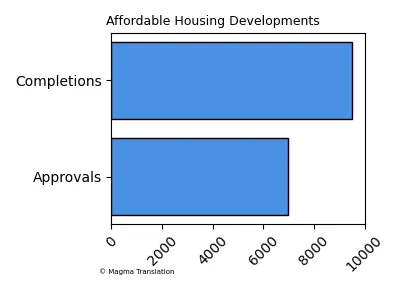
Housing Market Predictions for 2024
Looking ahead, predictions for the housing market in 2024 suggest continued fluctuations. The NAHB/Wells Fargo Housing Market Index rose to 46 in November 2024, indicating a slight improvement in builder confidence. However, ongoing economic challenges may temper growth, making it essential for stakeholders to remain vigilant.

Construction Spending Trends
Construction spending is a key indicator of market health. In October 2024, total construction spending for residential projects in the United States reached $945,875 million, reflecting a consistent upward trend. This increase in spending highlights the ongoing investment in housing infrastructure, despite potential economic headwinds.

Building Permits and Their Significance
The issuance of building permits is a critical measure of future construction activity. In May 2024, the U.S. Census Bureau reported that privately-owned housing units authorized by building permits were at a seasonally adjusted annual rate of 1,386,000, which is 3.8 percent below the revised April rate. This data is vital for understanding the trajectory of the housing market.
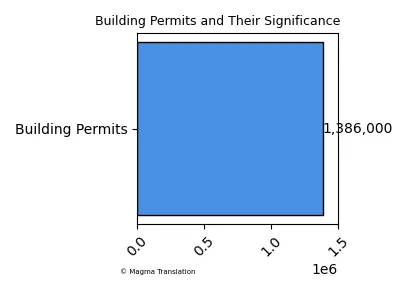
Challenges Facing the Housing Sector
Despite positive trends, the housing sector faces numerous challenges. The NAHB reports that burdensome regulations and NIMBY opposition have hindered new construction activity, contributing to rising home prices in high-demand areas. This situation has significant implications for homeownership rates, particularly among younger generations, as highlighted in their recent analysis source.
International Comparisons in Housing Statistics
Comparing housing statistics internationally can provide valuable insights. In Canada, for instance, there were 246,000 housing starts recorded in 2023, reflecting a significant increase compared to previous years. This robust construction activity contrasts with trends observed in other countries, emphasizing the varying dynamics of the global housing market.
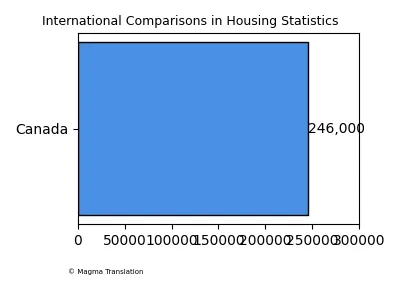
Conclusion: The Future of House Building
As we move forward into 2024, the house building landscape will continue to evolve. With ongoing economic challenges and changing market dynamics, stakeholders must adapt to ensure sustainable growth in the housing sector. Monitoring these trends and statistics will be crucial for making informed decisions in the coming years.
Trends in Housing Prices Across Regions
Housing prices have shown significant variation across different regions. In the U.S., the average price of new single-family homes was approximately $450,000 in 2022, indicating a robust market despite economic challenges. This price point reflects the ongoing demand for housing, particularly in areas experiencing population growth and economic development.
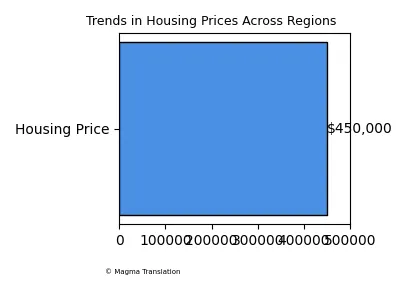
Impact of Interest Rates on Housing Demand
Interest rates play a crucial role in shaping housing demand. As rates rise, potential homebuyers may be deterred from entering the market, leading to a slowdown in housing starts. In 2024, the Federal Reserve's decisions regarding interest rates will be closely monitored, as they will significantly influence the housing market dynamics and affordability for buyers.
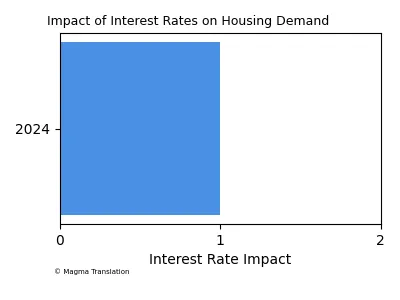
Construction Labor Market Challenges
The construction labor market faces ongoing challenges that impact housing development. A shortage of skilled labor has been reported, which can delay projects and increase costs. According to the National Association of Home Builders, labor shortages have been a persistent issue, affecting the pace of new home construction and overall market stability.
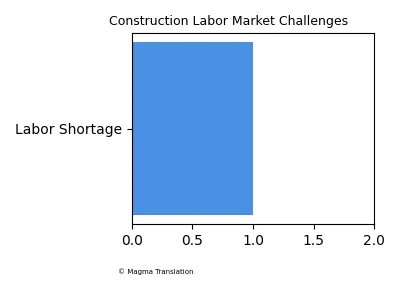
Environmental Considerations in House Building
Environmental sustainability is becoming increasingly important in house building. Many developers are now focusing on eco-friendly materials and energy-efficient designs to meet consumer demand and regulatory requirements. This shift towards sustainable building practices is reflected in the growing number of green homes being constructed, which aim to reduce the environmental impact of residential development.
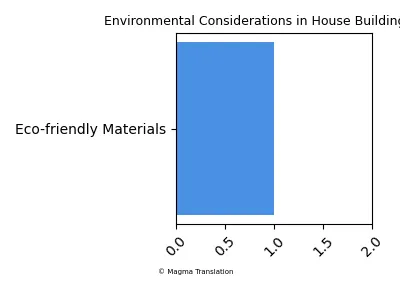
Trends in Housing Prices
Housing prices have been on the rise in many regions, driven by increased demand and limited supply. In the U.S., the average price of new single-family homes was approximately $450,000 in 2022, reflecting the ongoing challenges in affordability. This trend is concerning for potential homebuyers, especially first-time buyers, who may find it increasingly difficult to enter the market.
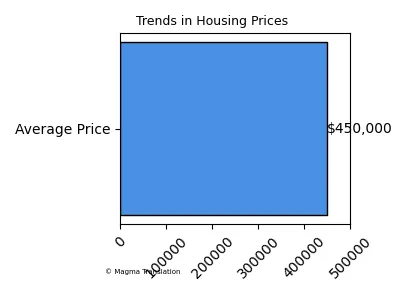
Impact of Interest Rates on Housing Market
Interest rates play a crucial role in the housing market. As rates rise, borrowing costs increase, which can dampen demand for new homes. In 2024, the Federal Reserve's decisions regarding interest rates will significantly influence housing starts and completions. Builders and buyers alike must navigate these changes carefully to make informed decisions.
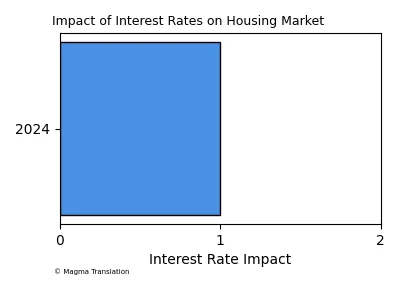
Government Initiatives to Boost Housing Supply
Governments are implementing various initiatives to stimulate housing supply. In the UK, for example, the government has introduced measures to increase the number of affordable homes. In Scotland, the Affordable Housing Supply Programme reported 6,981 approvals in 2023-24, aiming to address the housing crisis and improve accessibility for low-income families.
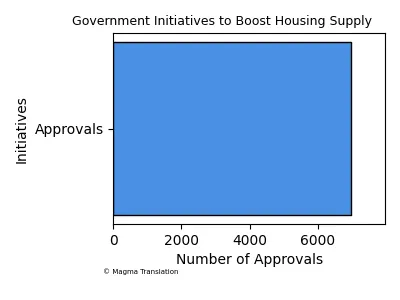
Future Projections for Housing Development
Looking ahead, projections for housing development indicate a mixed outlook. While some regions may see continued growth in housing starts, others may face challenges due to economic uncertainties. The NAHB/Wells Fargo Housing Market Index suggests that builder confidence is gradually improving, but ongoing issues such as supply chain disruptions and labor shortages remain significant hurdles.
Conclusion
As we navigate the complexities of the housing market in 2024, understanding these trends and statistics will be essential for stakeholders. By staying informed and adaptable, we can work towards a more sustainable and accessible housing future.
